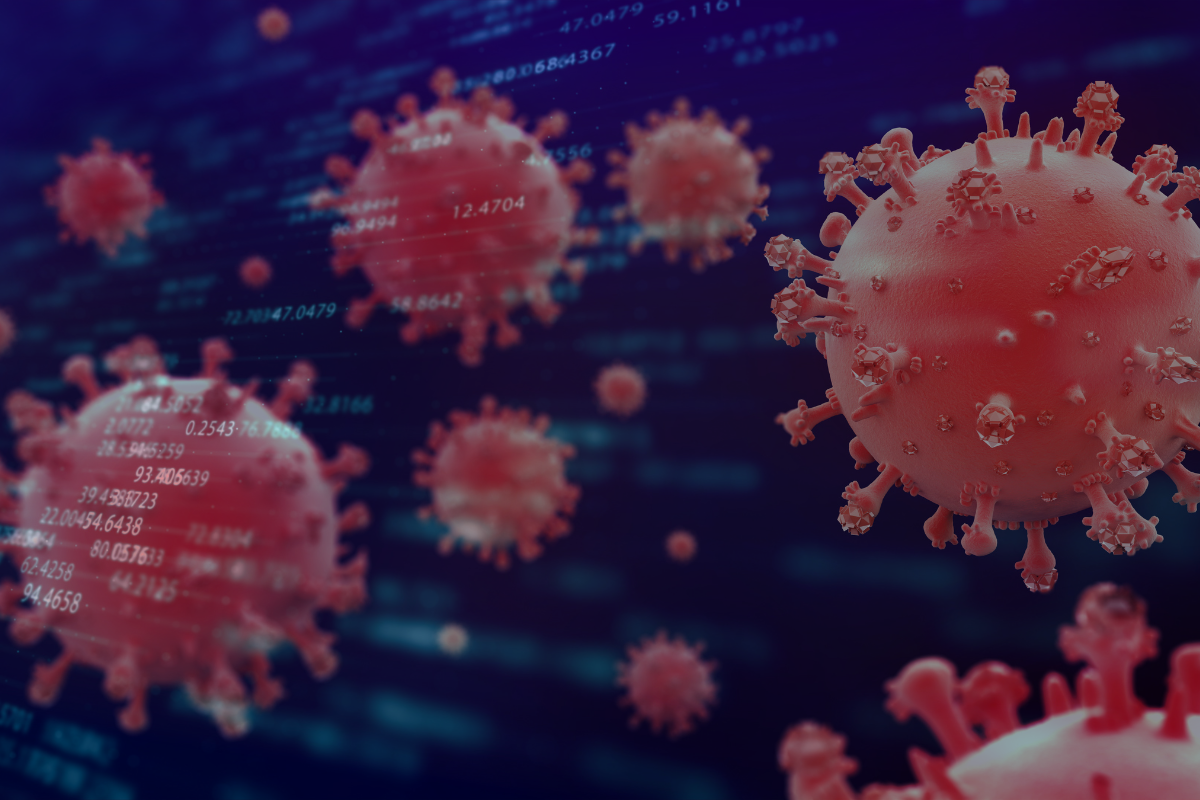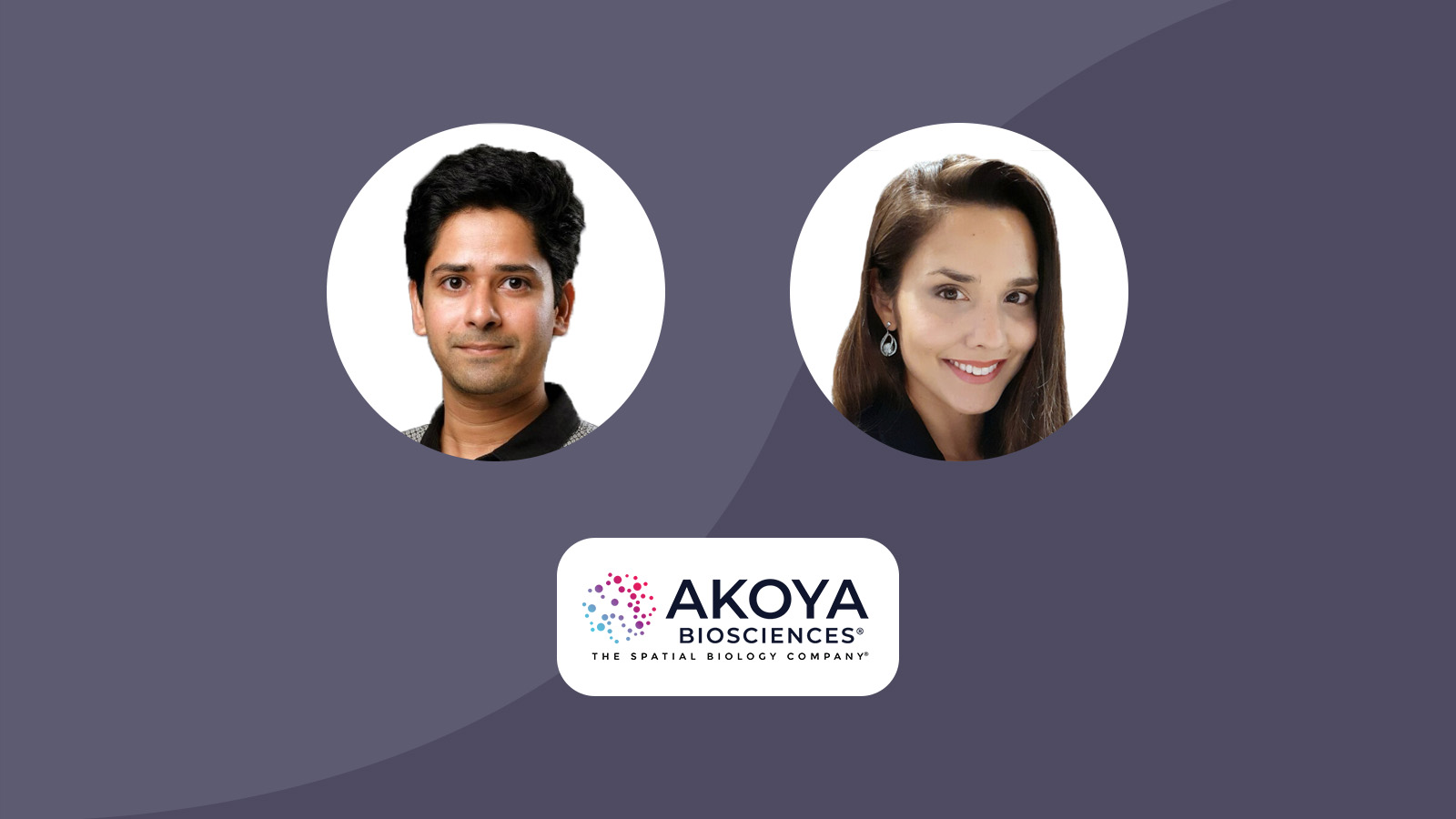Current Bioinformatics Trends in Single-Cell Data Analysis: Good Practice Makes Perfect

Here, we investigate some of the major challenges in current bioinformatics posed by sample preservation in single-cell data analysis. Read on to learn how industry figures in attendance at Next-Gen Omics US: In-Person 2022 have worked around these issues.
A central focus of this panel discussion was on the interval between a sample being taken from a patient and that same sample being analysed in a laboratory environment. The longer the period that elapses between these two events, the lower the quality and resolution of the sample is likely to be.
Speaking at the panel were OhKyu Yoon, Director of Clinical Bioinformatics at Gilead Sciences; Ruslan Sadreyev, Director of Bioinformatics at Massachusetts General Hospital and Assistant Professor at Harvard Medical School; and Tomas Vilimas, a Senior Scientist at the Frederik National Laboratory for Cancer Research.
Current Bioinformatics Contexts and Backgrounds
OhKyu Yoon opened the discussion by providing some background on using biomarker and genomics data generated from oncological clinical trials. “Let’s say you have a phase three clinical trial where there are hundreds of clinical sites from all over the world,” Yoon began. “Those samples have to be transferred to the central lab and then processed – that’s a lot of logistics that are necessary.” He added that most clinical trial sites are not able to prepare samples for single-cell processing, so the samples are shipped overnight to a central lab.
- Applying Sparsely Connected Autoencoders in Single-Cell Analysis
- Improving Understanding of Immune Contexts in the Tumour Microenvironment
- The Potential and Future of Single-Cell Proteomics
“It is very interesting to see how the field of single-cell analysis is moving forward,” said Ruslan Sadreyev. “Our customers and collaborators are really driving the things we’re acquiring.” For Tomas Vilimas, a major focus is single-cell RNA-seq transcriptomics and protein detection. “I have a lot of clinical investigators who are interested in single-cell technology,” Vilimas explained. “One of the biggest challenges I’ve had is obtaining viable specimens because live cells are needed for both transcriptome and protein detection.”
Overcoming Hurdles with Sample Collection
Yoon highlighted the impact that the freezing and thawing of samples has on sample quality, and noted the impact that anti-coagulant can have on the blood during shipping in blood tubes. “The neutrophils in the blood are activated and degranulated over time,” continued Yoon. “When we do the PBMC (peripheral blood mononuclear cell) processing which is supposed to have only mononuclear cells, we have a lot of granulocytes sites in the PBMC because their density goes down.” Many observed changes are linked to immune pathways.
Vilimas added that he believed cryopreserving specimens at the collection site may be the simplest approach to circumventing these issues. “That can be done on-site, or at least samples can be frozen easier,” he said. However, this becomes more challenging when samples are shipped in solution immediately, as this can result in unwanted changes in gene expression.
One major issue was the logistical problem of obtaining human tissue at a quality where it could be studied at the desired resolution, with post-mortem interval posing headaches for analysis. Sadreyev offered his two cents on the issue, asserting that his company had witnessed two extremes when it came to the challenge of obtaining good samples. “We have the luxury of being in the middle of a large hospital – if a person has a biopsy, we can receive the sample in a couple of hours and it will be fresh.” He added that there was an observable drop-off in quality with regards to cell variability after freezing but that, at 10 or 20%, this was not huge.
What Makes a Good Bioinformatician?
Conversation then moved on to what the panel thought was the most promising trend in current bioinformatics for single-cell data analysis. Sadreyev said he could talk for hours on the subject. “My take is that people typically come from three backgrounds. People with biological backgrounds who learn some computation, quantitative people who learn some biology and are able to do some computational analyses, and bioinformaticians who have specialised training and experience.” He added that formal training in bioinformatics was an immense help regardless of which background new researchers came from.
“If someone has the right mindset for learning they'll pick it up... it's really about hiring someone with a good attitude.”
Yoon agreed, saying that hiring from a diverse range of educational backgrounds was important to curating an effective team of bioinformaticians. “Our group has statisticians, epidemiologists, computer science-trained people who do machine learning and AI-type of work, biologists who’ve picked up bioinformatics,” he said. “In the end, it’s really hiring someone with a good attitude. If they have the mindset for learning they’ll eventually pick it up.”
Vilimas added that the resolution at which genomic analysis was carried out made having a cohesive research team essential. “When one has to look at the data from multiple angles then something may come up in the data which needs to be followed up,” he said. “It’s good to have a bioinformatics team that one can closely interact with and not just do a single analysis. Single-cell data is high-depth and it has to be explored quite a bit.”
Clinical Trials and Gathering Relevant Data
As the final focus of the panel, our panellists touched on the importance of clinical trials and best-practice approaches to conducting them and gathering relevant data for single-cell data analysis. “Clinical trials are designed to meet the primary endpoint,” Yoon explained, “but not necessarily to obtain the best biomarker samples.” He emphasised the importance of the sample, cautioning that for oncology studies obtaining post-treatment biopsies was more difficult.
Sadreyev voiced his complete agreement, explaining that his own lab was far from the situation point for sample collection. “Especially when we’re talking about clinical samples, separation in time between samples and between patients is unpredictable sometimes.”
“I’ll extend what you said,” said Tomas to conclude. “There has to be good data quality – that’s another challenge in general, one has to be very careful not to over-interpret the data.” In other words, the integrity of the data collected should stand up to scrutiny and not suggest misleading findings. “It’s easy to get low-depth sequencing data from any sequencing experiment for a sub-population of cells, and one has to be very careful to make sure that the interpretation of that is meaningful biology.”
Want to read more about recent advances in the field of bioinformatics? Head over to our Omics Portal to stay up to date with the latest insights from the industry’s best and brightest. Visit our event website to learn more about our upcoming NextGen Omics UK: In-Person conference and register your interest.







